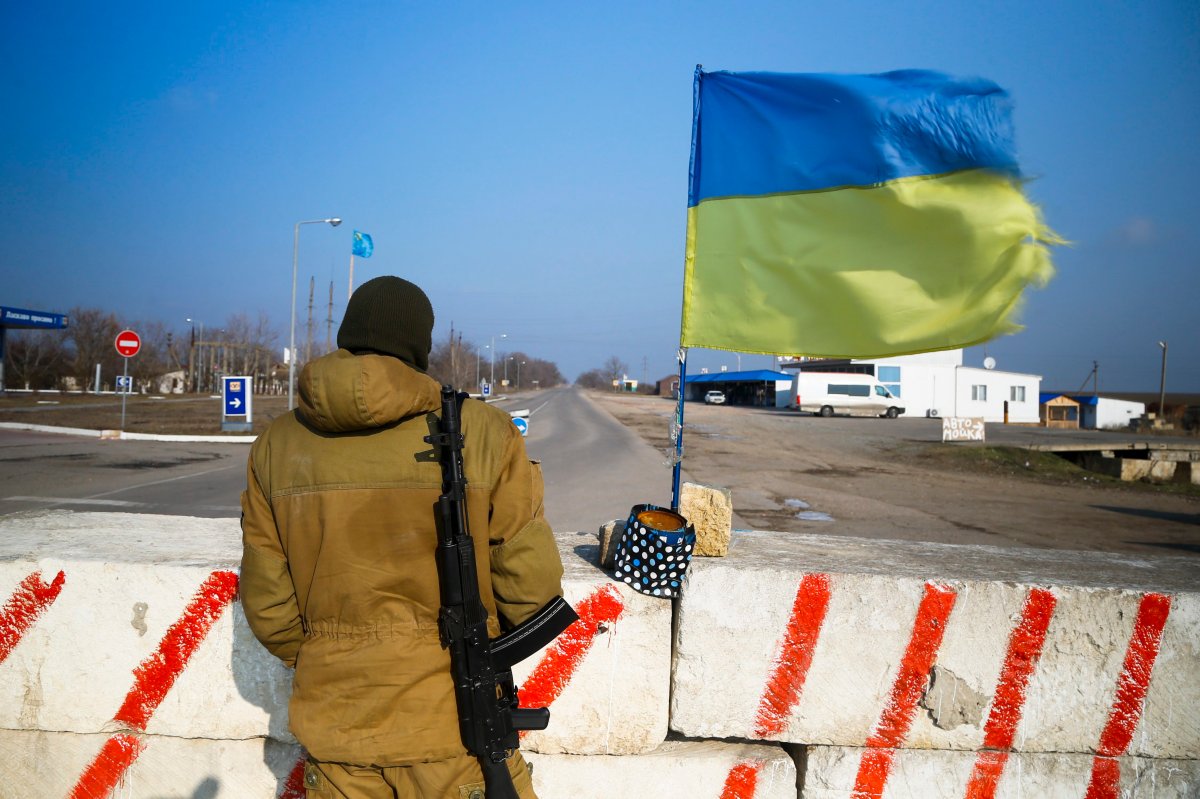The conflict in Ukraine has “deeply affected” 580,000 children close to the front lines and in areas in the volatile east not under government control, the U.N. children’s agency said late Thursday.

UNICEF said in a statement that 200,000 youngsters – more than a third – need psycho-social support.
Ukraine remains locked in conflict with Moscow, which annexed the Crimean Peninsula and has supported a pro-Russian insurgency in the east. Fighting there has killed more than 9,000 people since April 2014 and devastated the nation’s industrial heartland.
READ MORE: Russia PM accuses NATO of restarting the Cold War
“Two years of violence, shelling and fear have left an indelible mark on thousands of children in eastern Ukraine,” said Giovanna Barberis, UNICEF’s representative in Ukraine. “As the conflict continues, we need to reach these children urgently to meet their physical as well as psychological needs.”
Barberis called on all parties to the conflict “to ensure safe movement and unhindered humanitarian access to help children in need.”
Earlier this year, UNICEF called for an additional $54.3 million to address the humanitarian needs of the most vulnerable children in conflict-affected areas.
The agency warned that plummeting temperatures, fuel shortages and high prices for coal are leaving children at risk of respiratory infections. And it said the lack of access to health services and a shortage of medicines are threatening more disease outbreaks.
READ MORE: $2.8B needed to help kids in humanitarian emergencies in 2016: UNICEF
UNICEF said it has been working with partners to provide children with basic services.
The agency said it reached 1.6 million people with safe water, over 164,000 children and adults with essential hygiene items, and over 200,000 children with education kits and school supplies.
It also provided psycho-social support to over 46,000 children and trained almost 5,000 teachers and psychologists to identify signs of distress among children, the statement said.



Comments